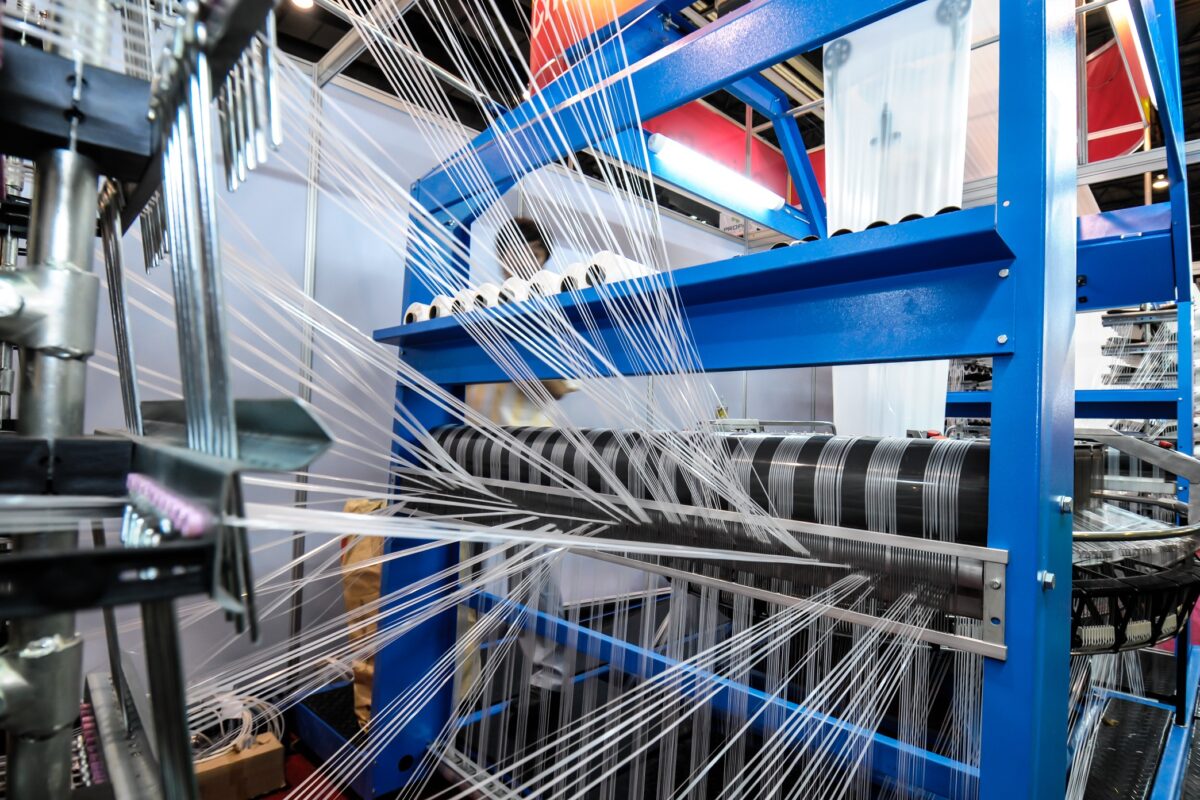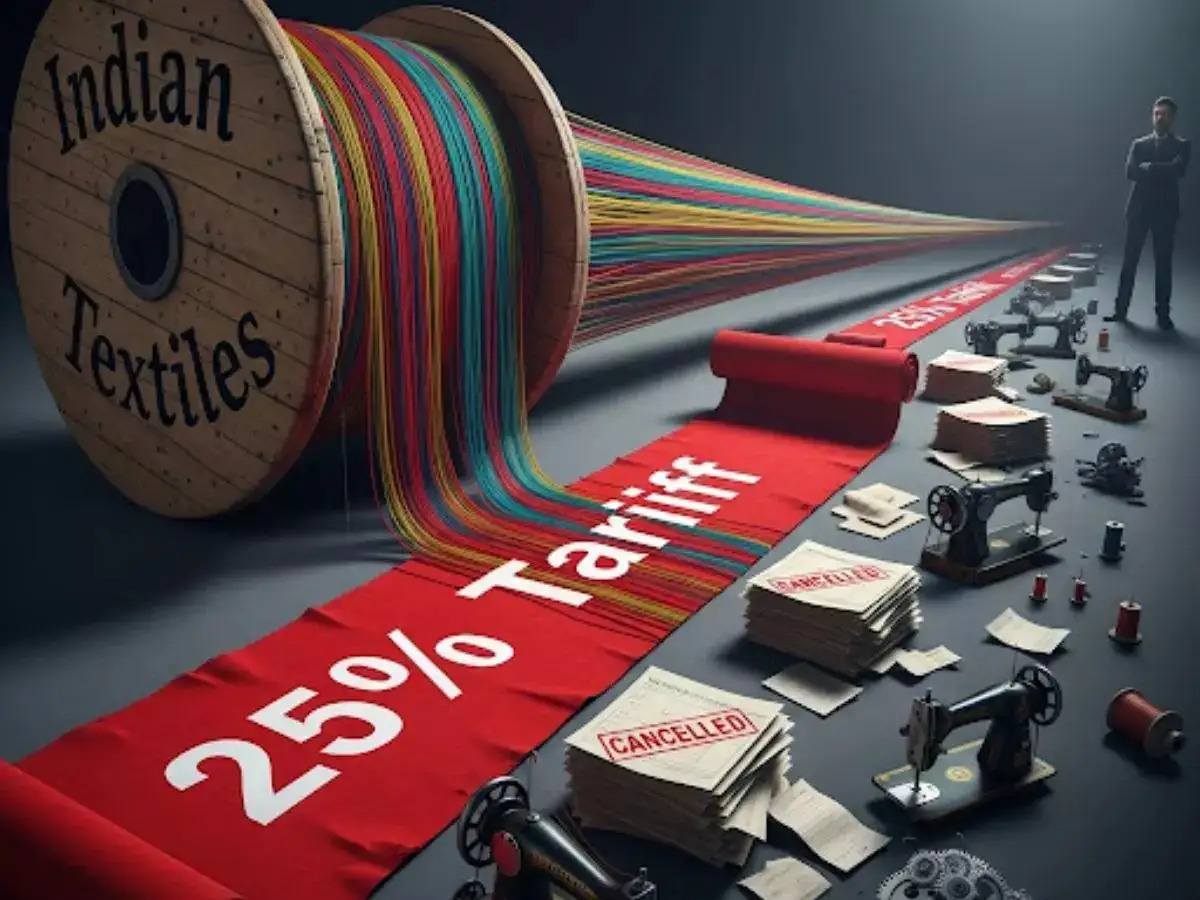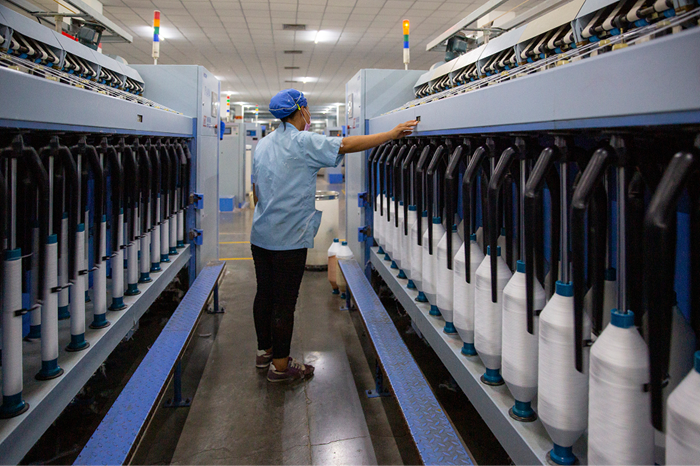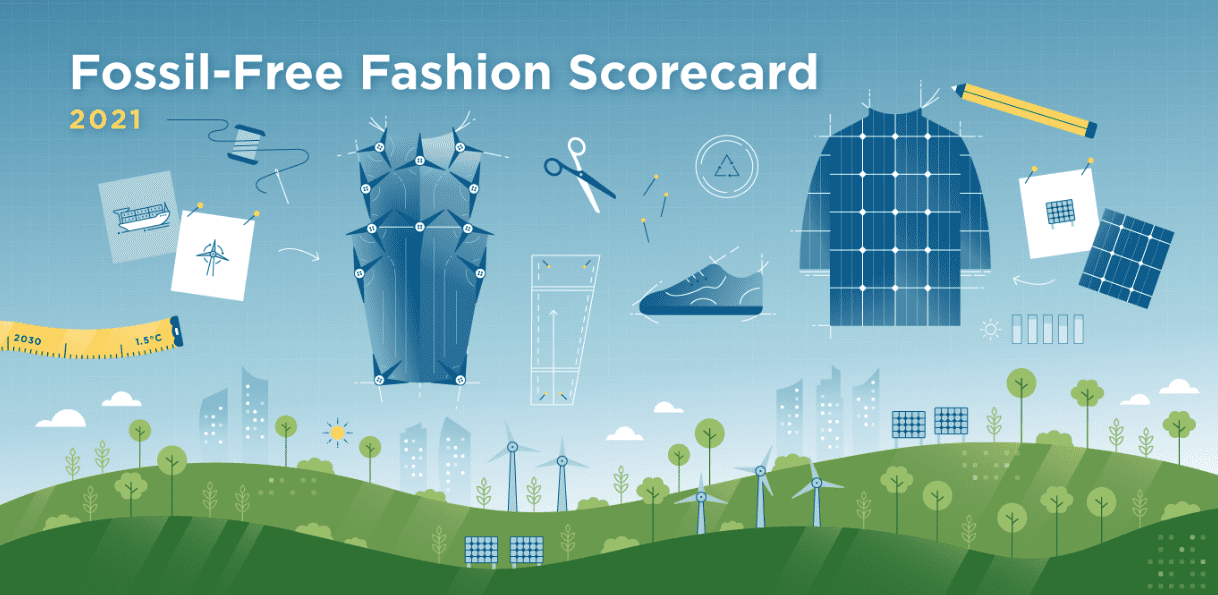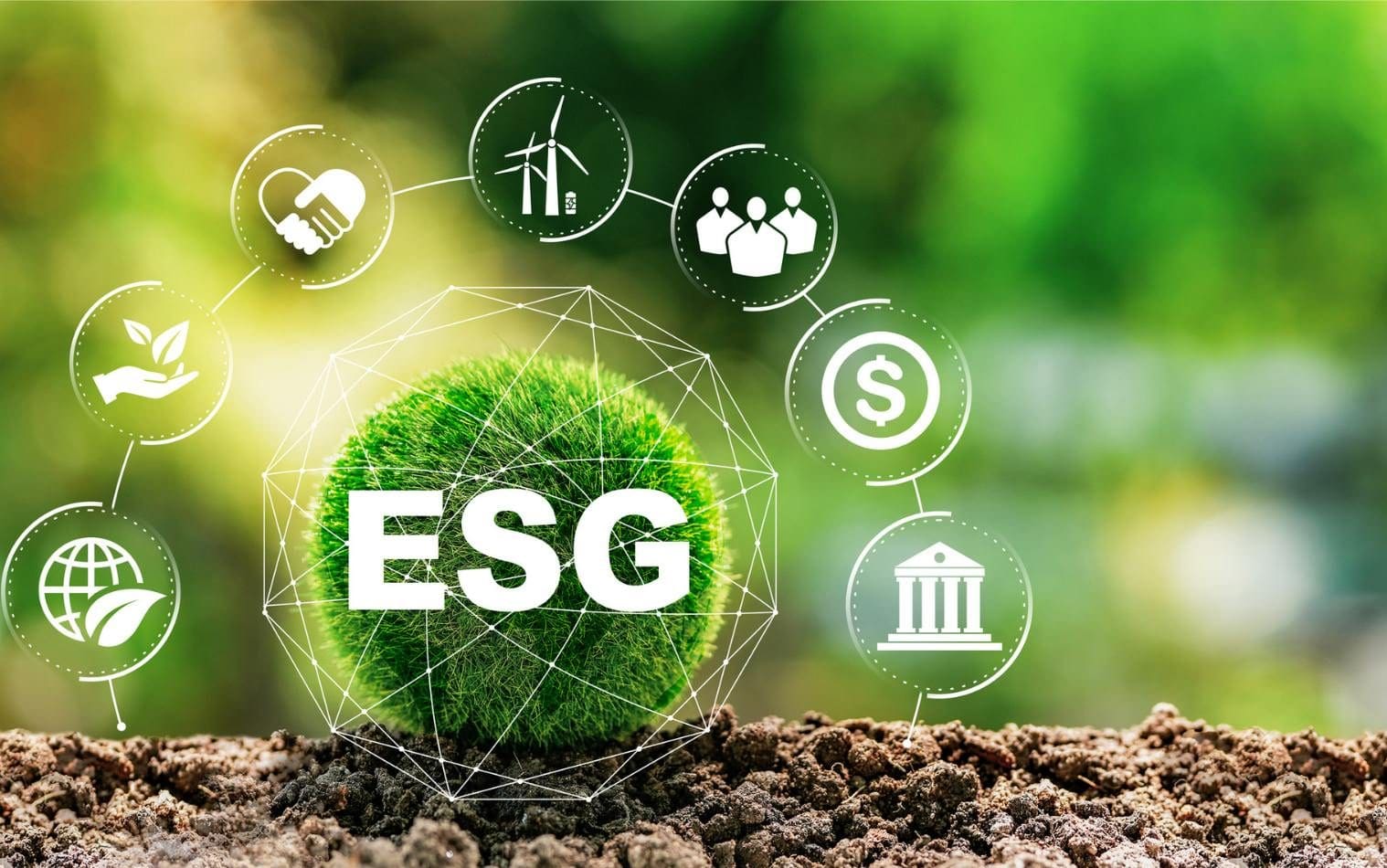
Julia Vol’s LinkedIn post, echoing the Financial Times headline ‘ESG fund outflow hit record as sustainable investing backlash grows’, strikes a raw nerve in the discourse surrounding sustainable investing. Her assertion in the article that ESG, in its current form, has faltered in delivering financial promises, along with the image of Donald Trump – a figure often associated with anti-‘woke’ sentiment – suggests a complex interplay of economic realities and political ideologies impacting the sustainability agenda. For the textile, apparel, and fashion industries, long under scrutiny for their environmental and social impact, this shift creates both challenges and opportunities for a more pragmatic and effective approach to long-term sustainability.
Vol's argument, supported by the observation of capital flight from both European and Asian ESG funds, challenges the notion that sustainability is an unwavering priority for investors when it clashes with financial returns. The initial outperformance of ESG funds, she says, stemmed from easily achievable gains and marketing ploys, which have since plateaued. This resonates within the fashion industry, where early sustainable initiatives often focused on material swaps or small-scale ethical collections that, while commendable, did not fundamentally alter the industry's linear, resource-intensive model.
Consumer behavior as highlighted by Vol – the preference for cheaper, often less sustainable options from retailers like Temu and Shein – underscores a critical hurdle for the industry. Despite growing consumer awareness of environmental and social issues, price often remains the dominant factor in purchasing decisions. This creates a tension for brands attempting to implement more sustainable practices, which often translate to higher production costs and, consequently, potentially higher retail prices.
The price of principle
Several examples within the textile and apparel sector illustrate this challenge. Organic cotton, often touted as a more sustainable alternative to conventional cotton, typically carries a higher price tag due to lower yields and different farming practices. A study by the Textile Exchange found that while organic cotton production has increased, its market share remains relatively small compared to conventional cotton. This suggests that while some consumers are willing to pay a premium for organic options, the majority still opt for more affordable alternatives.
Similarly, brands committed to fair labor practices often face higher manufacturing costs compared to those utilizing factories with lower wages and less stringent working conditions. The Rana Plaza factory collapse in Bangladesh in 2013 highlighted the human cost of the industry's relentless pursuit of low prices. While this tragedy spurred some brands to improve their supply chain transparency and implement stricter social audits, the pressure to offer competitive prices remains intense.
Navigating the shifting landscape
Industry experts acknowledge the complexities highlighted by Vol. As Orsola de Castro, Co-founder, Fashion Revolution said in an interview, "The disconnect between consumer values and purchasing behavior is a significant obstacle. While people express concern about the environment and labor rights, translating that into consistent purchasing decisions is a challenge, especially when faced with cheaper alternatives."
Also, the focus on ESG ratings, as criticized by Vol, has led to instances of "greenwashing" within the fashion industry. Brands may highlight minor sustainable initiatives in their marketing without making fundamental changes to their core business model. This can erode consumer trust and fuel skepticism towards ESG claims. A report by the Changing Markets Foundation found that many fast fashion brands continue to heavily rely on virgin fossil fuels for their materials, despite marketing campaigns emphasizing sustainability.
A shift towards tangible impact in fashion
However, the narrative is not entirely bleak. As Vol suggests, the focus may be shifting towards ‘impact investing’ that is targeted, tangible, and outcome-driven initiatives. In the fashion industry, this could translate to greater investment in innovative materials like recycled textiles, bio-based fibers, and circular business models such as rental and resale platforms.
Companies like Patagonia, for instance, have long integrated sustainability into their core business strategy, focusing on product durability, repair services, and material innovation. Their commitment goes beyond mere reporting and translates into tangible actions aimed at reducing their environmental footprint and promoting a more circular economy. Their consistent brand loyalty and financial success demonstrate that a genuine commitment to sustainability can be a driver of long-term value.
Similarly, the growth of the pre-owned fashion market, lead by platforms like ThredUp and Vestiaire Collective, indicates a growing consumer appetite for more sustainable consumption models. This shift is driven by both environmental concerns and the desire for unique and affordable items.
Setting the stage for accountability
Vol rightly points out it is the role of regulators to "prop up businesses for 'doing the right thing.'" In the fashion industry, stricter regulations regarding environmental impact, waste management, and labor practices are crucial to level the playing field and incentivize genuine sustainability efforts. The European Union's Strategy for Sustainable and Circular Textiles, for example, aims to establish stricter requirements for textile products, promote eco-design, and boost textile reuse and recycling.
The backlash against traditional ESG investing, as highlighted by Julia Vol serves as a critical inflection point for the textile, apparel, and fashion industries. While the allure of easy financial gains from superficial sustainability efforts may be waning, the fundamental need for a more responsible and resilient industry remains.
The future of sustainability in fashion lies not in chasing fleeting ESG ratings but in embracing tangible impact through innovation, circular business models, and transparent supply chains. While consumer price sensitivity remains a challenge, stricter regulations and a growing demand for truly sustainable alternatives can help weave a new fabric for the industry – one that prioritizes long-term value creation over short-term financial optics. The unraveling of the current ESG narrative may ultimately pave the way for a more authentic and impactful approach to sustainability, where environmental and social responsibility are not just checkboxes but integral threads in the industry's very design.







